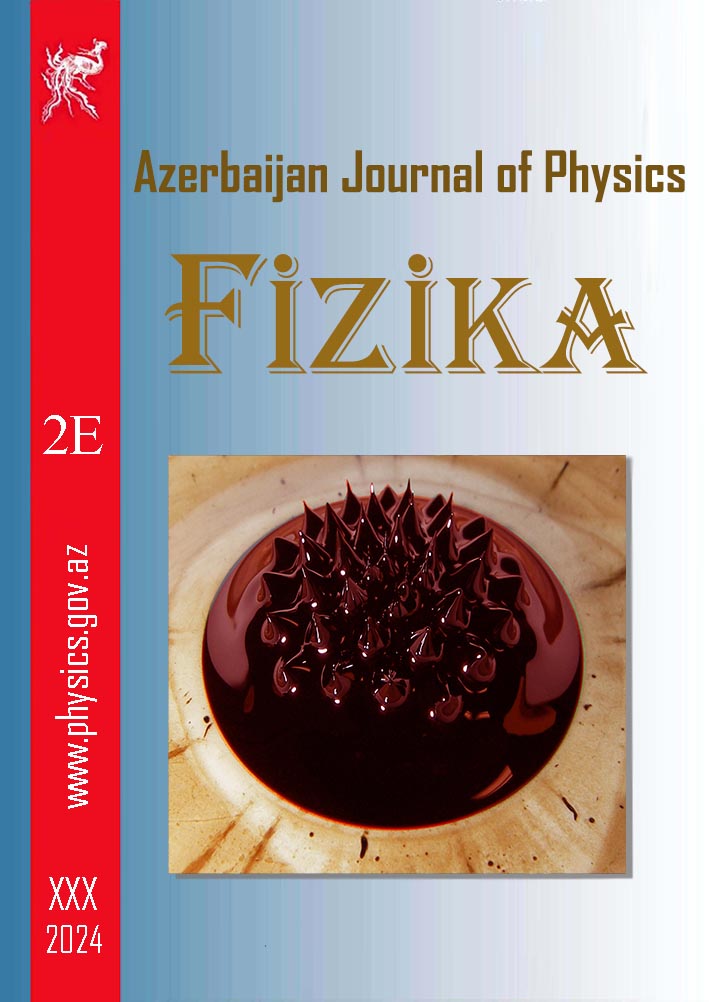ABSTRACT
The possible mechanism of quantum jumps in hydrogen-like atoms as a consequence of the processes of inelastic scattering of an atomic electron on a nucleus inside an atom
is discussed. Such processes can occur due to the specific internal structure of the proton. The direct connection has been established between spontaneous transitions in
atoms and the quantum jumps under consideration.
Keywords: quantum jumps, inelastic scattering, proton, atomic spontaneous transitions.
DOI:10.70784/azip.1.2024123
Received: 05.03.2024
Internet publishing: 27.06.2024
AUTHORS & AFFILIATIONS
Institute of Physics, Azerbaijan Republic Ministry of Sciences and Education, Baku, AZ-1143, Azerbaijan
E-mail: azizm57@rambler.ru
Graphics and Images

Fig.
|
REFERENCIES
[1] J.E. Baggott. The Quantum Story: A History in 40 Moments. Oxford University Press (2011).
[2] Carl S. Helrich. The Quantum Theory—Origins and Ideas: A Historical Primer for Physics Students. Springer (2021).
[3] Thomas Schultz, Marc Vrakking. Attosecond and XUV Physics: Ultrafast Dynamics and Spectroscopy. John Wiley & Sons (2013).
[4] W.M. Itano, J.C. Bergquist, D.J. Wineland. Early observations of macroscopic quantum jumps in single atoms. International Journal of Mass Spectrometry, Volume 377, pp. 403-409 (2015).
[5] Z.K. Minev, et al. To catch and reverse a quantum jump mid-flight. Nature 570, pp. 200–204 (2019).
[6] C.J. Foot. Atomic Physics. Oxford University Press (2005).
[7] O.E. Mogensen. Positron Annihilation in Chemistry. Springer Berlin Heidelberg (2012).
[8] Ulrich D Jentschura, Gregory S Adkins. Quantum Electrodynamics: Atoms, Lasers and Gravity. World Scientific Publishing (2022).
[9] R.J. Roberts. The structure of the proton: Deep Inelastic Scattering. Cambridge University Press (1990).
[10] M. Y. Han. Quarks and Gluons: A Century of Particle Charges. World Scientific Publishing (1999).
[11] Thomas F. Gallagher. Rydberg Atoms. Cambridge University Press (2005).
|
